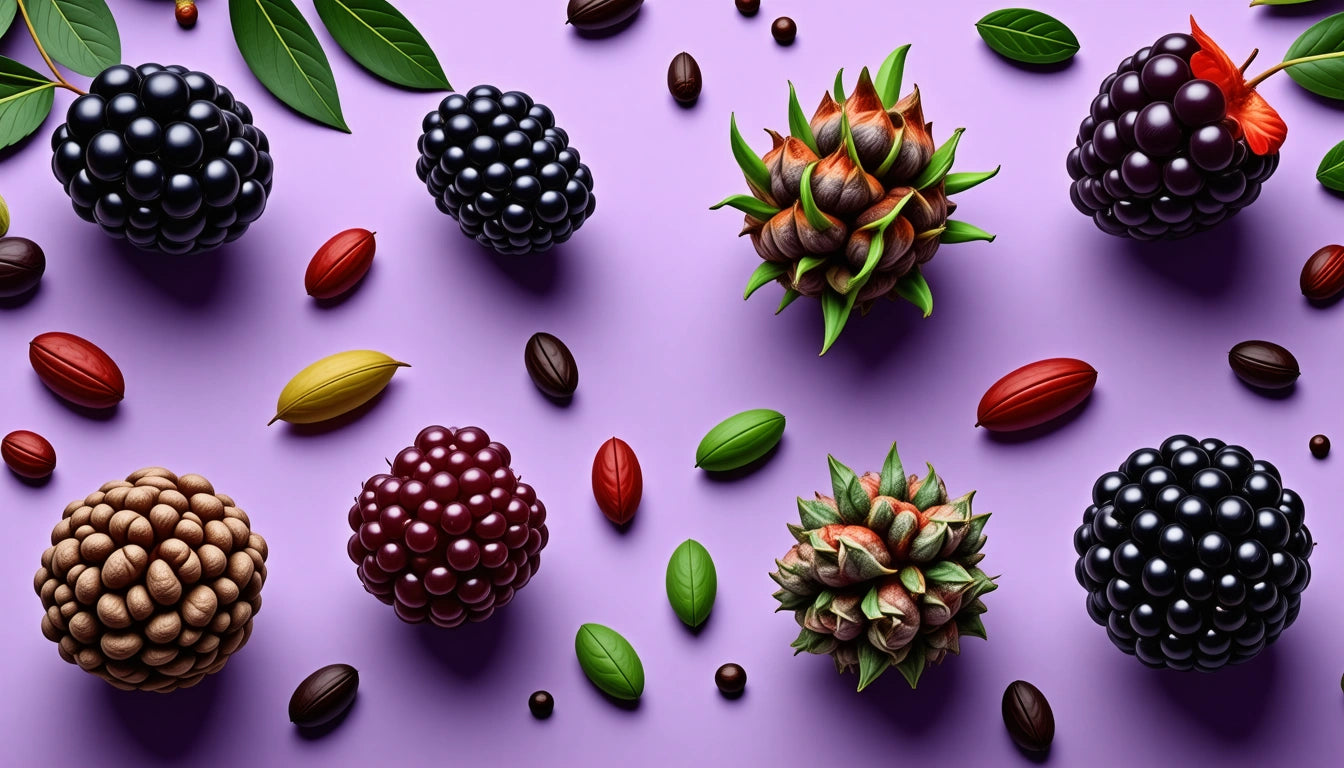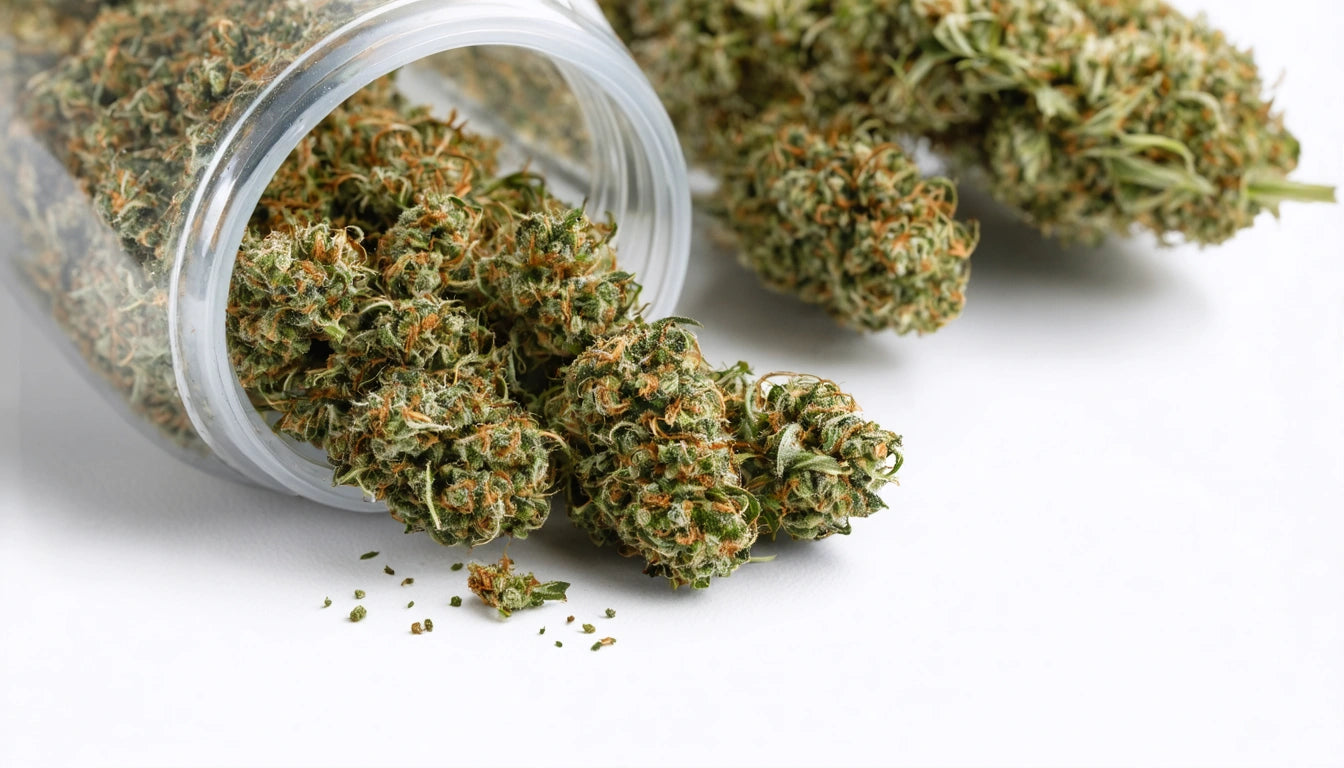Table of Contents
Understanding Kush Strains: Indica or Sativa?
Kush strains represent some of the most recognizable and sought-after cannabis varieties in the world. The question of whether Kush strains are indica or sativa is common among both novice and experienced cannabis consumers. This comprehensive guide explores the genetic origins, characteristics, and effects of various Kush strains to provide clarity on their classification.
Kush Origins: The Hindu Kush Mountain Range
True Kush strains trace their lineage back to landrace varieties that evolved naturally in the Hindu Kush mountain range spanning Afghanistan and Pakistan. These indigenous plants developed distinct characteristics in response to the harsh mountain climate, including:
- Shorter, bushier growth patterns
- Broader leaves
- Denser flower structure
- Faster flowering cycles
- Higher resin production
These natural adaptations align closely with what we now classify as indica traits. As explained in this exploration of Kush genetics, the original landrace Kush strains are predominantly indica in nature, typically displaying ratios of 70-100% indica genetics.
The Indica-Sativa Spectrum: Where Kush Strains Fall
While pure landrace Kush strains are heavily indica-dominant, modern breeding has created numerous Kush varieties that span the indica-sativa spectrum. According to this guide on indica vs. sativa differences, the distinction is becoming increasingly blurred as breeders create complex hybrids.
Most contemporary Kush strains maintain their indica-dominant heritage, typically featuring:
- Relaxing, body-focused effects
- Earthy, sweet, or spicy aromas
- Higher CBD:THC ratios than pure sativas
- Shorter flowering periods
For those interested in precise measurements of cannabinoid content, accurate digital scales designed for cannabis applications can help consumers and producers alike maintain consistency in dosing and production.
Popular Kush Varieties: Indica or Sativa Dominance
Purple, Blackberry, and Blueberry Kush
These berry-named varieties are among the most indica-leaning of the Kush family:
- Purple Kush: Is purple kush indica or sativa? With approximately 100% indica genetics, Purple Kush is one of the purest indica strains available, known for deep relaxation and sedative effects.
- Blackberry Kush: Blackberry kush indica or sativa classification falls heavily on the indica side (80% indica/20% sativa), offering potent pain relief and sleep-inducing properties.
- Blueberry Kush: Similarly, blueberry kush indica or sativa balance leans indica (70-80% indica), delivering sweet berry flavors with deep physical relaxation.
OG, Banana, and Mango Kush
These popular varieties show more hybrid characteristics while maintaining Kush genetics:
- OG Kush: OG Kush's classification is technically hybrid (75% indica/25% sativa) despite its strong Kush characteristics.
- Banana Kush: Banana kush indica or sativa ratio is approximately 60% indica/40% sativa, offering a more balanced effect profile.
- Mango Kush: Is mango kush indica or sativa? It's primarily indica (65% indica/35% sativa) but with uplifting mental effects not typically associated with pure indicas.
Bubba and Afghan Kush
These varieties represent some of the most traditional Kush genetics:
- Bubba Kush: Is Bubba Kush indica or sativa? It's strongly indica-dominant (80% indica), offering classic sedative effects.
- Afghan Kush: Afghan kush sativa or indica classification is firmly in the indica category (95-100% indica), being one of the closest to original landrace strains.
Hybrid Kush Strains: The Best of Both Worlds
Modern breeding has produced Kush hybrids that incorporate significant sativa genetics while maintaining Kush characteristics:
- Jenny Kush: Jenny kush strain indica or sativa balance is nearly even (55% sativa/45% indica), named after cannabis activist Jenny Monson.
- Lemon Kush: Lemon kush sativa or indica ratio varies by breeder but typically falls around 50/50 or 60% indica/40% sativa.
- Kush Mints: Kush mints indica or sativa classification leans indica (70% indica/30% sativa) but offers mental alertness alongside physical relaxation.
These hybrid strains demonstrate how breeders have expanded the Kush family beyond its indica roots, as explored in this analysis of popular strain origins.
Measuring Potency and Effects of Kush Strains
The effects of Kush strains depend not just on their indica/sativa ratio but also on their specific cannabinoid and terpene profiles. Modern cannabis testing has revealed that effects correlate more closely with these chemical components than with simple indica/sativa classifications.
Key factors that influence Kush strain effects include:
- THC percentage (typically 18-25% in Kush strains)
- CBD content (usually higher in indica-dominant varieties)
- Myrcene levels (the predominant terpene in most Kush strains)
- Caryophyllene content (providing spicy notes and potential anti-inflammatory effects)
- Limonene presence (especially in citrus-leaning varieties like Lemon Kush)
For cultivators and processors working with these strains, understanding their genetic nature helps optimize growing conditions and processing techniques.
Future Kush Developments: Evolution of Classic Genetics
The Kush family continues to evolve as breeders create new varieties that push the boundaries of traditional classifications. While most Kush strains remain indica-dominant, the line between indica and sativa becomes increasingly blurred with each generation of breeding.
Modern cannabis science is moving beyond simple indica/sativa categorization toward a more nuanced understanding based on cannabinoid and terpene profiles. This evolution in classification better reflects the complex effects and medical applications of different Kush varieties.
Whether you prefer the deep relaxation of classic indica-dominant Kush strains or the balanced effects of newer Kush hybrids, understanding their genetic heritage provides valuable context for both recreational and medicinal use.











Leave a comment
All comments are moderated before being published.
This site is protected by hCaptcha and the hCaptcha Privacy Policy and Terms of Service apply.